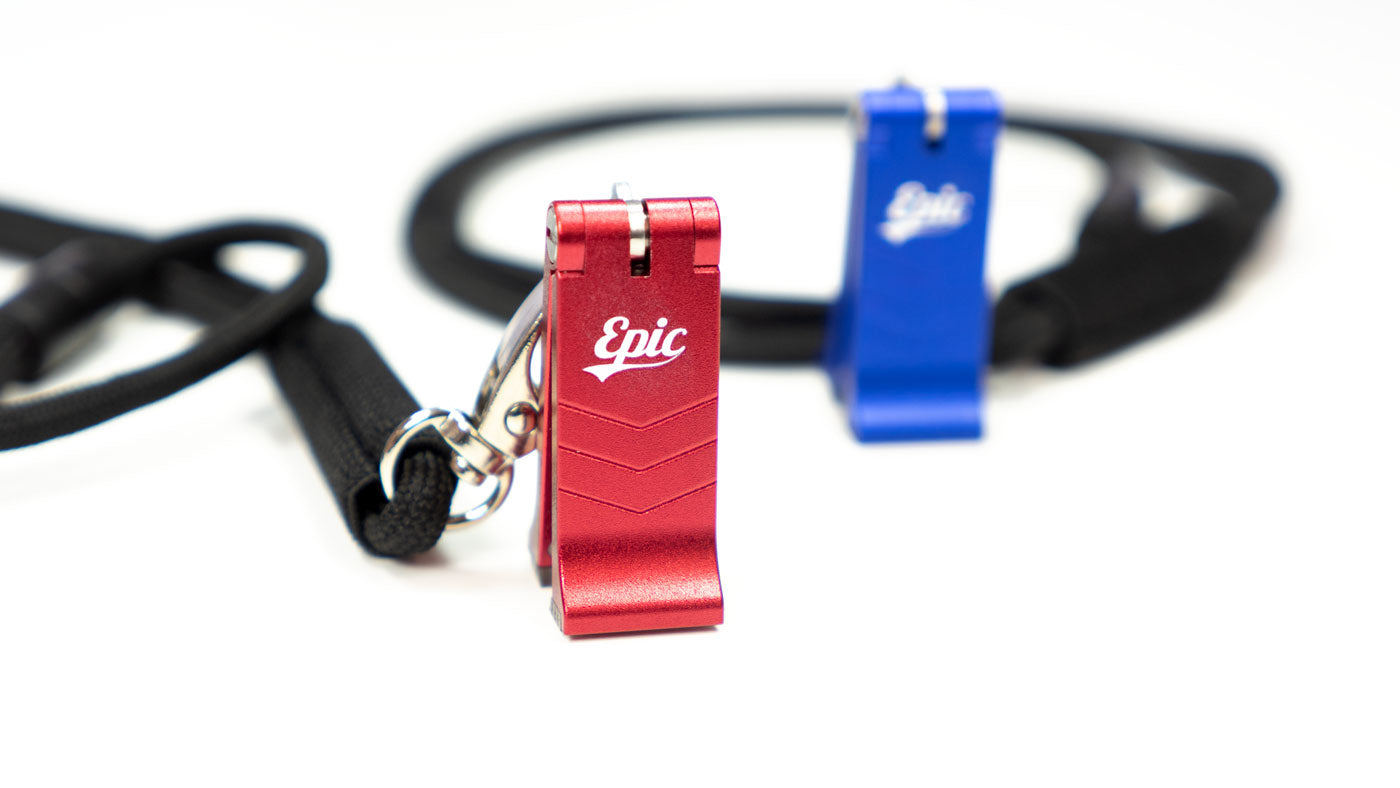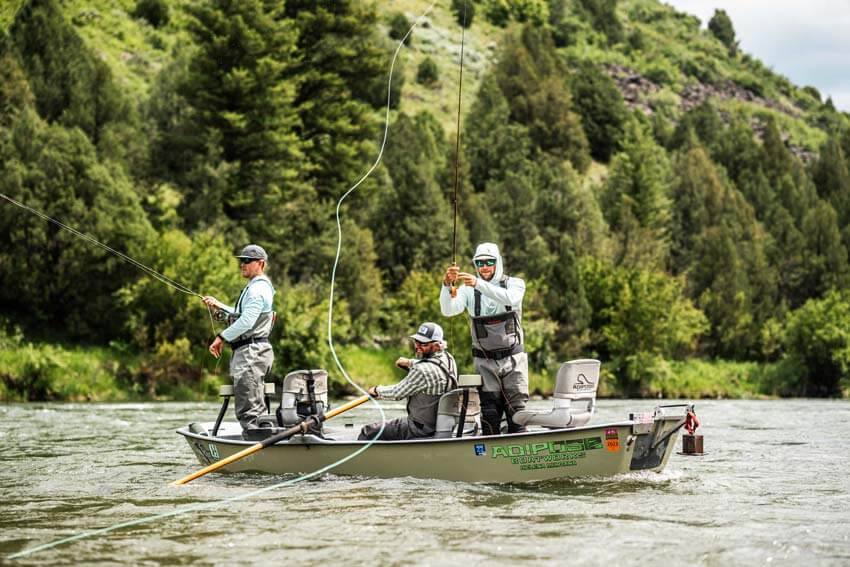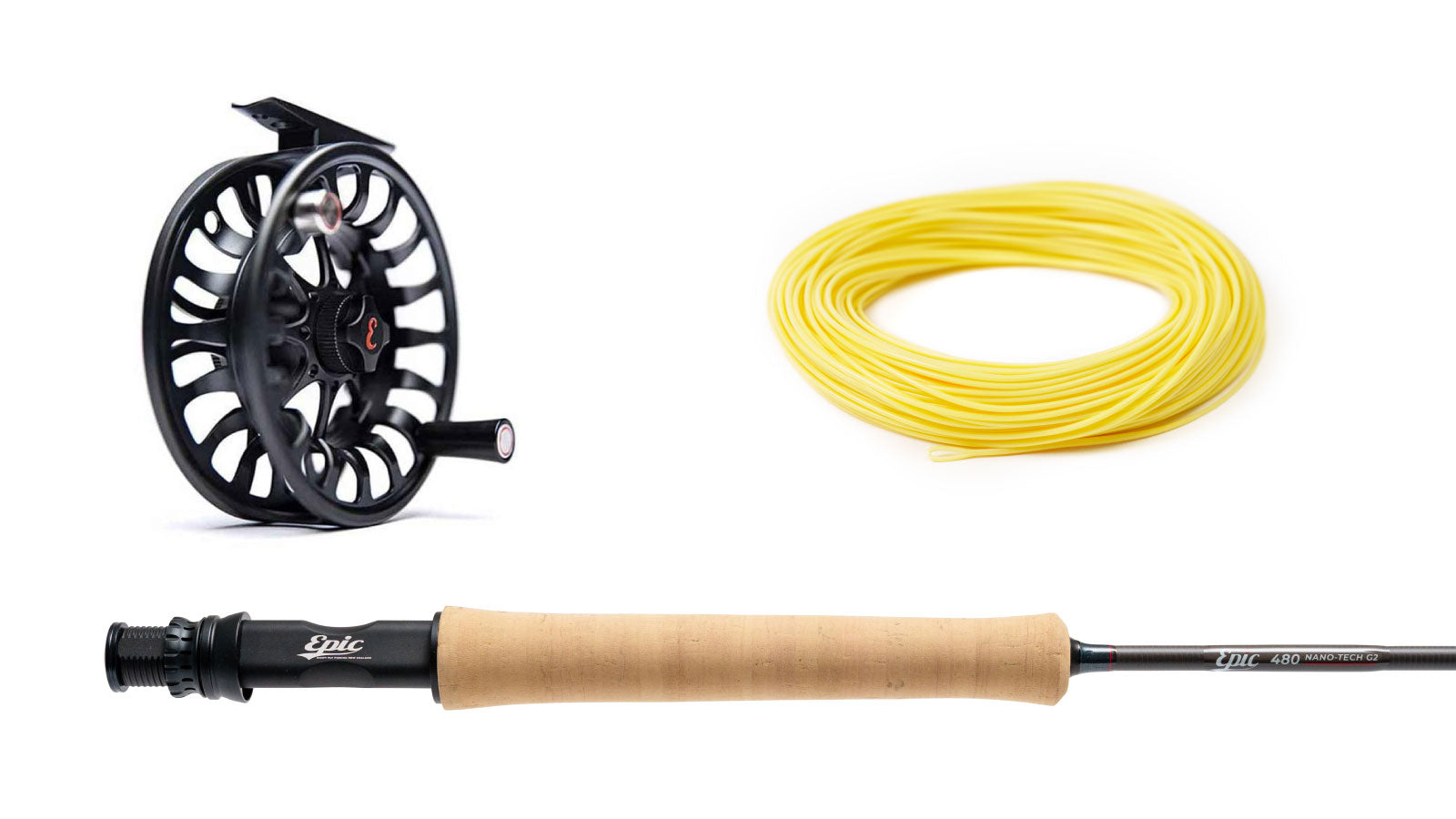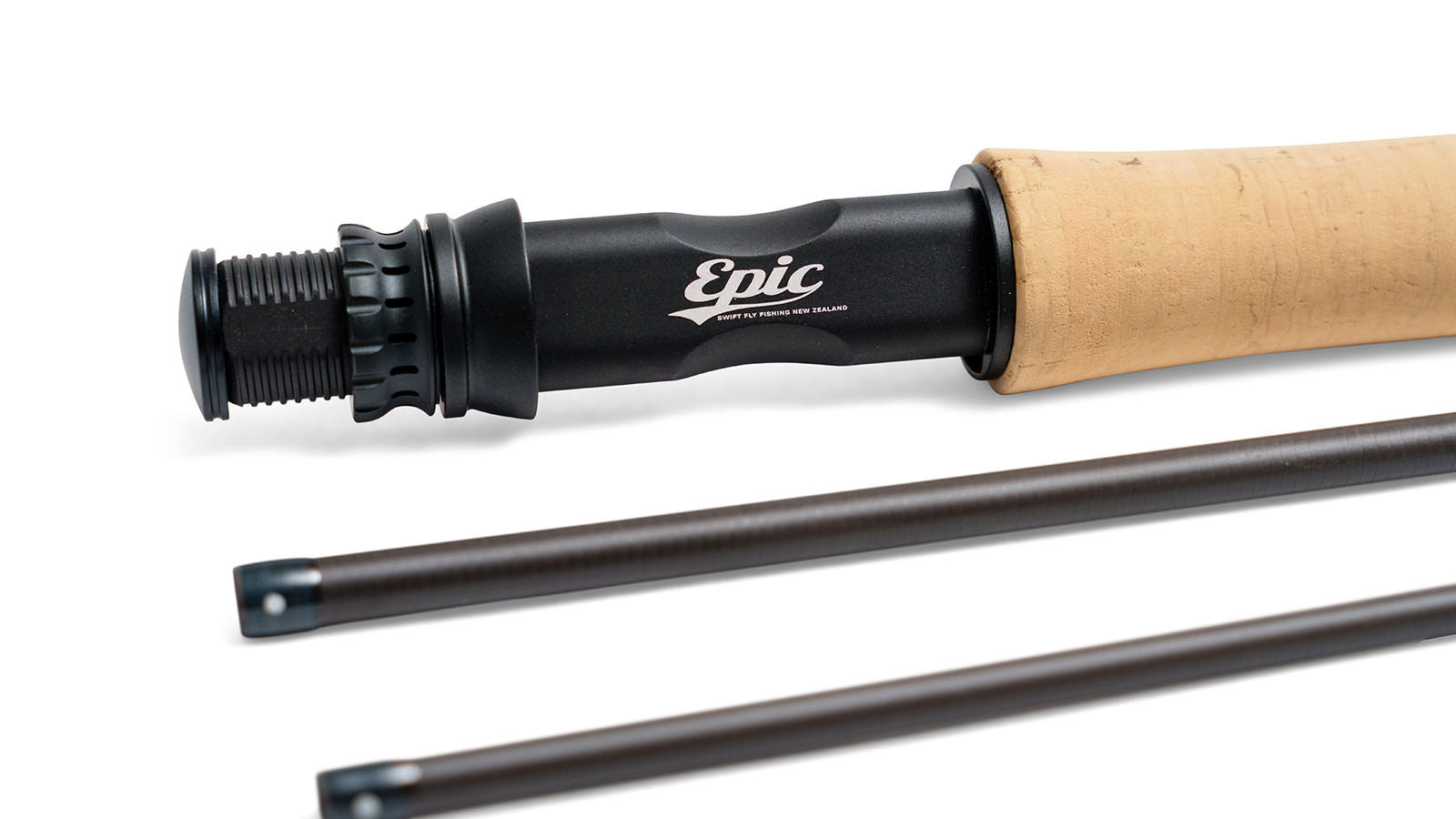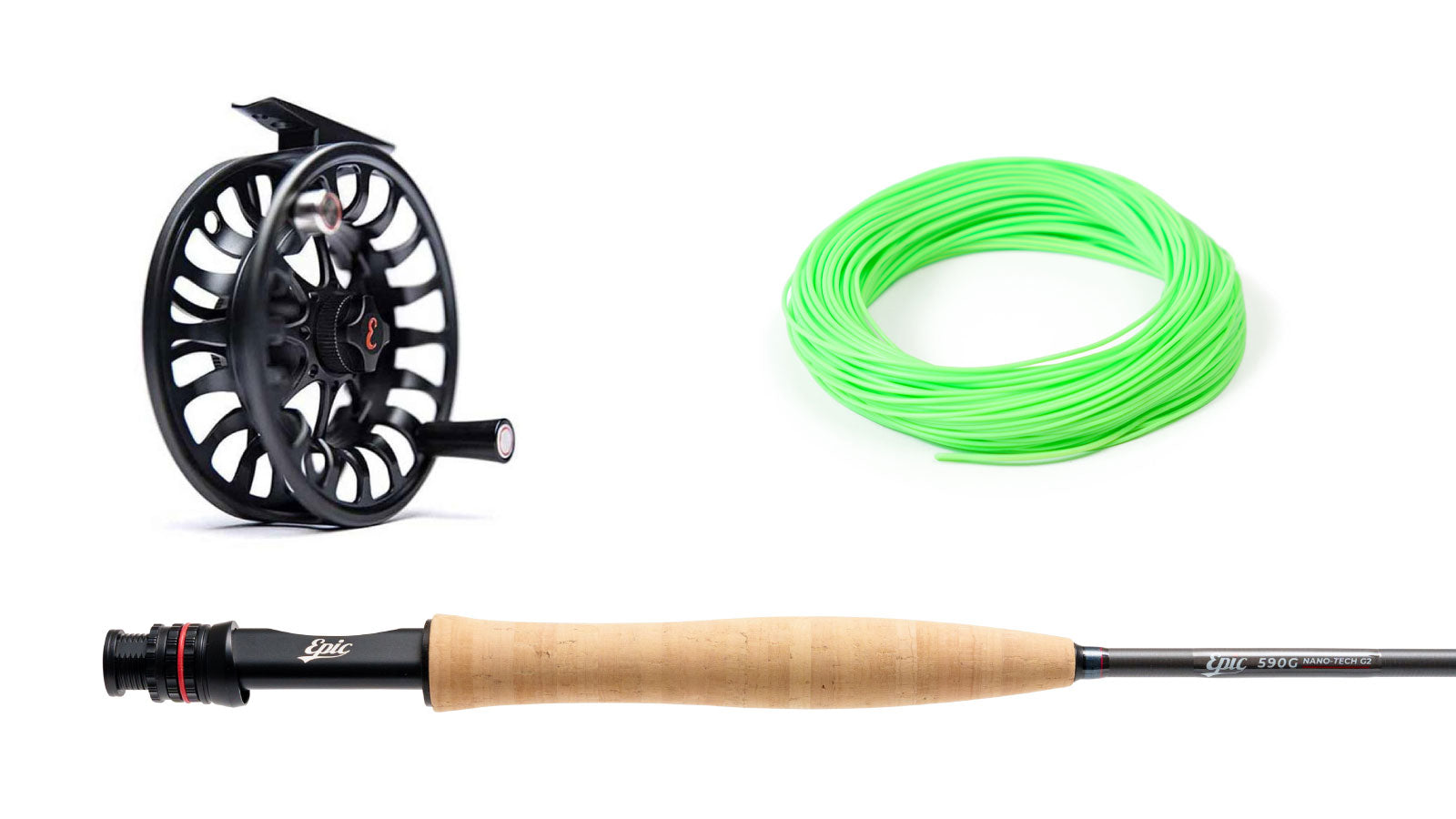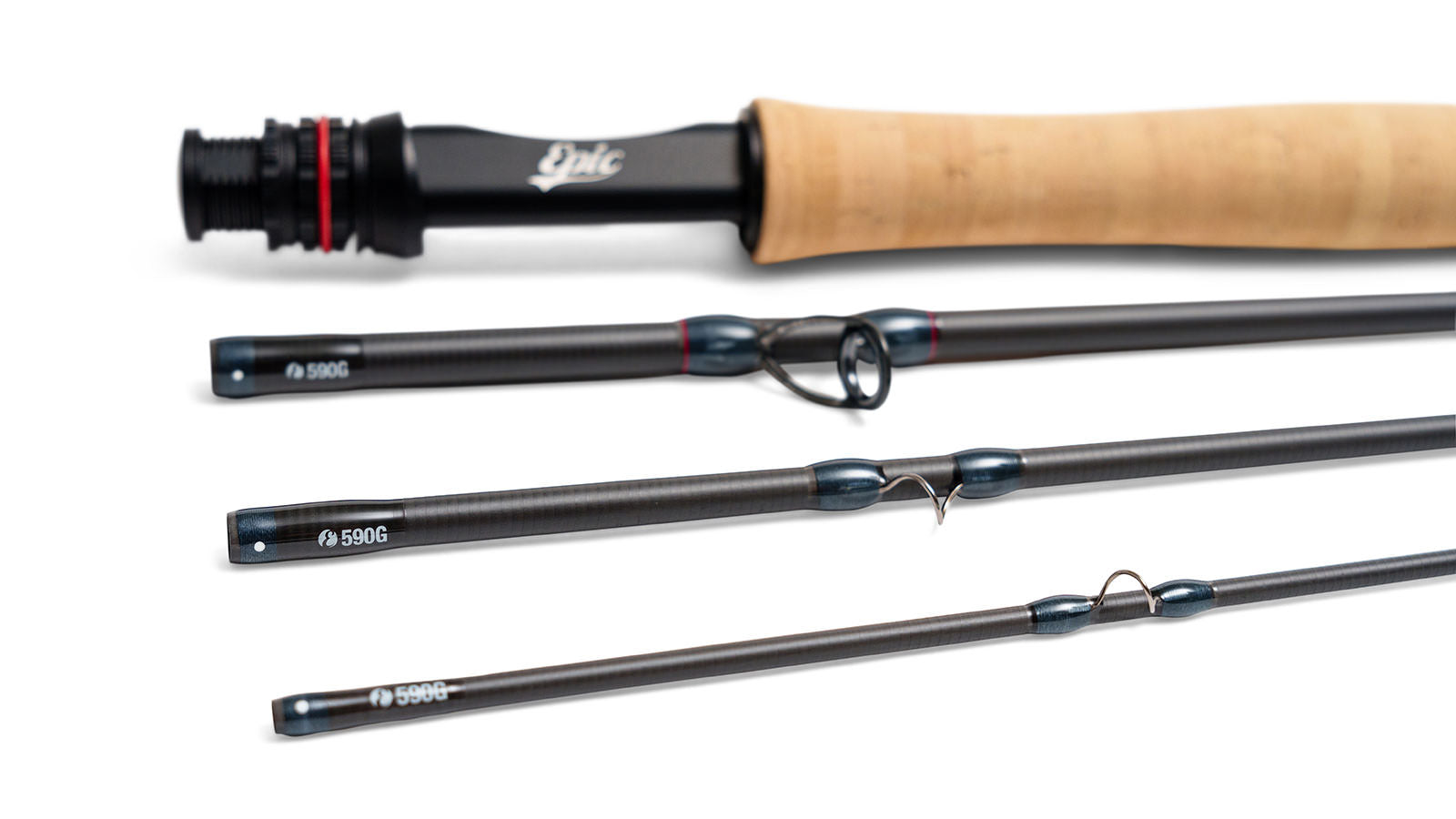Inherit the Wind - Tips for casting in windy conditions
I don’t sail, but I have always admired those who do it well. Using the wind to his advantage, a good sailor deals with any wind direction and makes sailing look effortless. It may surprise you, but some of the same principals apply to fly casting in windy conditions.
Wind, in many great fishing destinations, is always a factor. While it can make fly casting challenging, the wind also has its advantages, such as being able to get closer to the fish without spooking them and letting the wind “drift” your fly on still water. Living in southwest Florida, costal winds are nearly always present and visitors often find the conditions challenging. With a few adjustments in (both technique and attitude) I can usually ease their frustrations and get them casting with confidence - even in a stiff breeze.

Head Wind
The head wind (or wind in your face) is the most dreaded. Many are surprised to find that this is the wind direction that I usually prefer. If your casting accuracy is good, chances are that the same skills that you use for nailing your target will help you conquer a stiff head wind. The overhead cast is my choice in most instances. I use the wind to add energy to my back cast which gives me more time (a longer pause) by keeping the back cast in the air, much like a kite. To make the headwind overhead, start the pickup especially low, and stop the fly rod in a vertical position, sending the back cast in an upward trajectory. Allow the line to fully unroll and then drive it slightly downward with a solid stop. The temptation when casting into the wind is to bring the rod tip too far forward, but the rod movement should be precisely the same as your windless cast – just tilted slightly downward. The leader should unroll just above the surface and ideally, the fly will hit first. If the leader doesn’t unroll or if the line slaps the water, try a sharper and higher stop on your forward stroke.
Many opt for dropping the rod for a sidearm cast - and while it does help to keep the line down and possibly out of the wind - it will require that you cast faster as your line is closer to the surface. This isn’t usually a problem if you are standing on the deck of a flats boat, but much more so when standing waist-deep in the river or sitting in a kayak. With either technique, shoot more line on your back cast and less (if at all) on the forward cast.
Tailwind
The wind at your back position poses the most danger for physical harm. The tailwind adds unwanted speed to the forward cast, especially when using heavy flies and weighted lines, making you more likely to whack yourself in the back of the head. The upside of the tailwind cast is that you can cast farther. To take full advantage of a tailwind, use a Belgian or Elliptical cast. The Belgian cast keeps continuous tension between the rod and fly, making for a very smooth presentation. Start with the rod tip at the surface and make a side arm back cast in a slight upward path (think of casting up at 45-degree ramp). After the line unrolls, make a slightly upward forward stroke allowing the wind to take your fly up and away. The path that the line travels should be under the rod tip on the back cast and over the rod tip on the forward cast. After the line straightens in front, allow the rod tip to lower slowly so that the fly, leader, line and rod tip land on the water at the same time. When casting with the wind, keep the line on your back cast short and shoot more line on the forward cast.

Side wind – non-casting side
While a non-casting side wind doesn’t usually cause problems for the caster, it can definitely take its toll on your fishing buddy. Many times I have seen anglers casting away, not realizing how far the line has blown to the side. This can causes snags when fishing in tight areas and injury to those standing close. If space allows, simply lower your rod tip slightly to the downwind side for a relaxed cast, the wind will help keep the line suspended in the air allowing you to slow down. Keep in mind that your back cast should unroll 180 degrees from your target, so do not let it drift too far off track.
If fishing in a boat or close to someone, be sure to keep your cast upright and keep your eye on the line.
Side Wind – casting side
This one can be a bit tricky. The easiest fix, if space allows, is to make a side arm cast keeping the line path a full rod-length away. Again, this will require that you cast faster. The method that I prefer is to make my normal overhead cast, canting my wrist so that the rod travels over my head and the line moves back and forth on my downwind side. As you practice this, make sure that you don’t cast in front of your face, but rather keep your arm in the normal overhead position with the wrist tilted inward.
Commonly, I see casters use the “cross-body” method which works well at shorter distances. When throwing longer lines, however, the lengthened stroke tends to move the rod tip in a semi-circle, creating an inefficient loop.
Equipment Strategies:
Leaders
Changing up your gear for a windy day can pay off for sure. Shorten your leader and opt for stiffer leader material to ensure that the fly will turn over. I prefer to tie my own leaders, so that I can adjust the formula according to conditions. Try making the butt-section of the leader longer (up to 60% of the total length) and shorten the mid-section and tippet. Even your choice of strike indicator can make a casting difference. Choose a smaller “fluffy-style” indicator over a bobber-type, or better yet, tie a section of brightly-colored mono in your leader.
Lines
Sinking lines of all varieties are denser than floating lines and cut through the wind with greater speed. When fishing where waves are present, sinking lines avoid following the wave contour and keep you better connected to the fly. Short, aggressive-head lines will make casting easier- particularly when fishing larger flies. Somewhat the same effect can be achieved by “over-lining,” or using a line weight that is heavier than the rod calls for. The heavier line will deliver a large fly easier at a short to moderate distance, but the heavier line will cause the rod to flex more and form a more open loop. An argument can also be made for “under-lining,” the rod, when using smaller flies, as the smaller fly line diameter is less air resistant.
Rods
In areas where high winds prevail, faster action rods are the usual choice. Because the rod flexes more at the tip, the loops thrown tend to be tighter. Different lines will make the same rod behave differently, so experiment to find the right combination for you.
A few general tips:
Shape your loop
Loop shape is never more important than it is when dealing with the wind. A tight, or narrow loop, will slice through the wind easily, whereas a wide, or open loop will be more vulnerable. Adjusting your loop shape for the wind direction is key in making the most of the conditions.

The Backhand Cast
This is another great option for dealing with a variety of wind directions. Start by turning sideways and making your forward cast 180 degrees away from your target. As the line unrolls, turn your head toward the target and make a smooth back cast with a solid stop, allowing the fly to land softly. Since most anglers back casts are better than their forward casts, this is a skill that is easily developed.
Lower your rod-tip
The rod-tip, when not casting, should be in or very near the water. Holding the rod in a raised position will allow the wind to add unwanted slack in your line, making the cast and stripping less efficient.
Take a reading
Analyze the wind and think through each cast. The wind often changes direction – sometimes even in between casts. Plan your shot before moving the rod.
Keep false casting to a minimum
The more that the line is in the air, the more likely it will be blown off course. If you do false cast, pick up the tempo and make sure that the line unrolls (in each direction) above the water. The water haul is a better choice in most instances. To water haul, make a single cast and let it land on the water. Before the fly and line settle, make a pick-up using the surface tension to help load the rod.
Adjust your hauls
Think of each direction individually. Generally thought of as a “power booster,” a haul in either direction can help you sculpt your loop. Sharpen your haul on the stroke going into the wind and ease up on the stroke going with the wind. I like to use the comparison of blimps and jet planes. Going into the wind, a jet plane (tight loop) is much more aerodynamic and will cut through the wind easily, while a blimp (open loop) is more susceptible to the wind. Going with the wind, the jet may have too much speed, while the blimp allows the wind to help it gently unroll. Practice by adjusting your loop-shape from back cast to forward cast and vice-versa. Try applying the haul later in the stroke for an even tighter loop.
Attitude adjustment
Perhaps the most important tip is to relax. Casting in windy conditions is tough and getting frustrated won’t help. Take a breath between casts and think it through. Of course, there will be a point where the wind is just too strong to enjoy fishing, but with a little practice, that point may be farther away than you think.
Author

Joe Mahler is one of the USA's leading fly casting instructors and author and illustrator of “Essential Knots & Rigs for Trout” and “Essential Knots & Rigs for Salt Water”. You can Book a fly casting lesson with Joe via his website here



